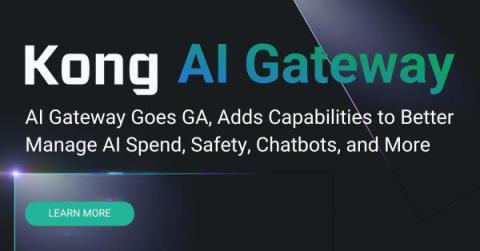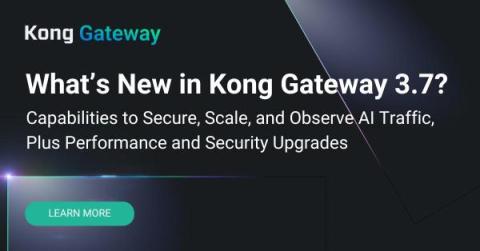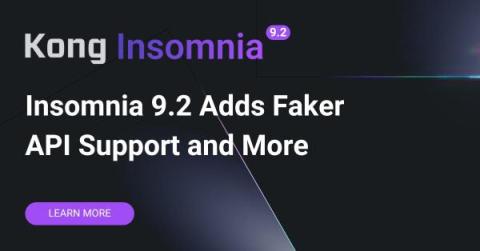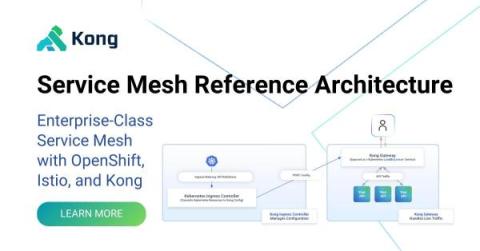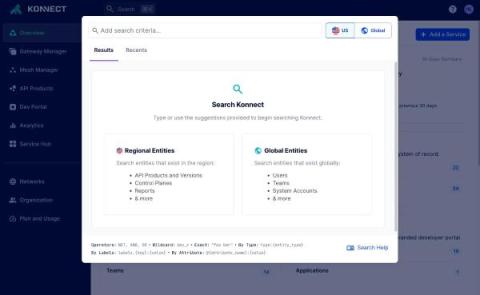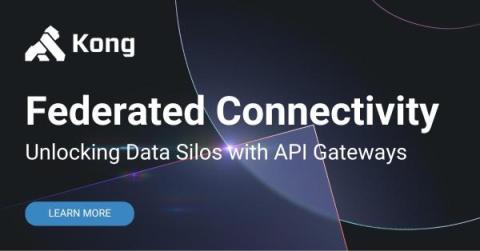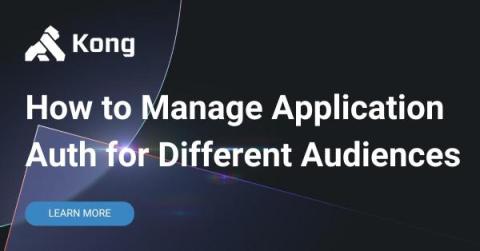Kong AI Gateway Goes GA, New Enterprise Capabilities Added
More easily manage AI spend, build AI agents and chatbots, get real-time AI responses, and ensure content safety We're introducing several new Kong AI Gateway capabilities in Kong Gateway 3.7 and Kong Gateway Enterprise 3.7, including enterprise-only and OSS improvements. Read on for a full rundown of the new AI-focused features.


